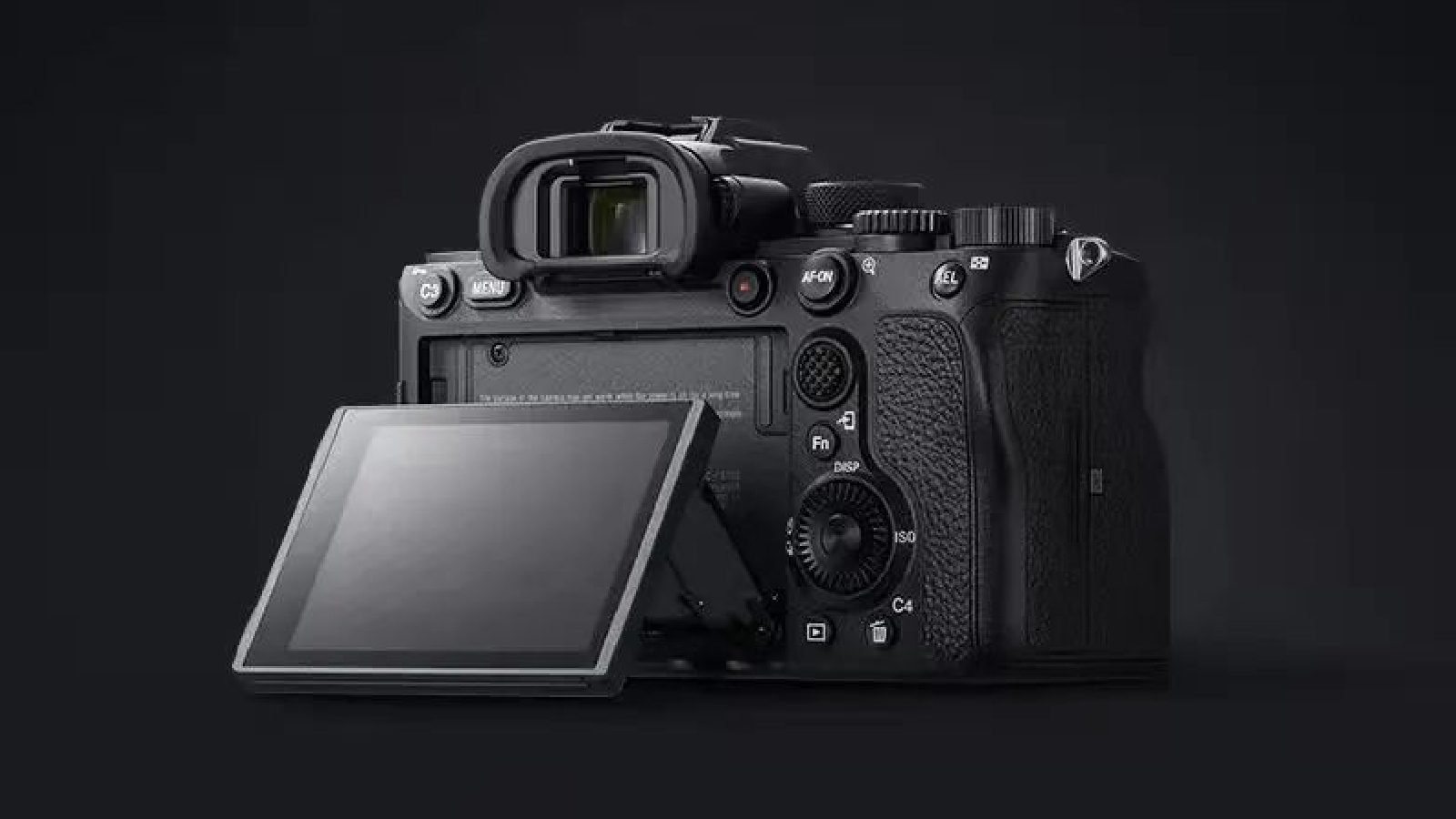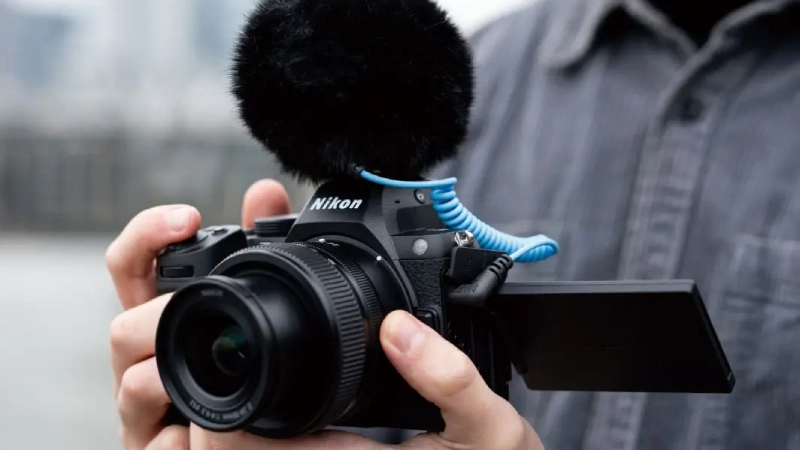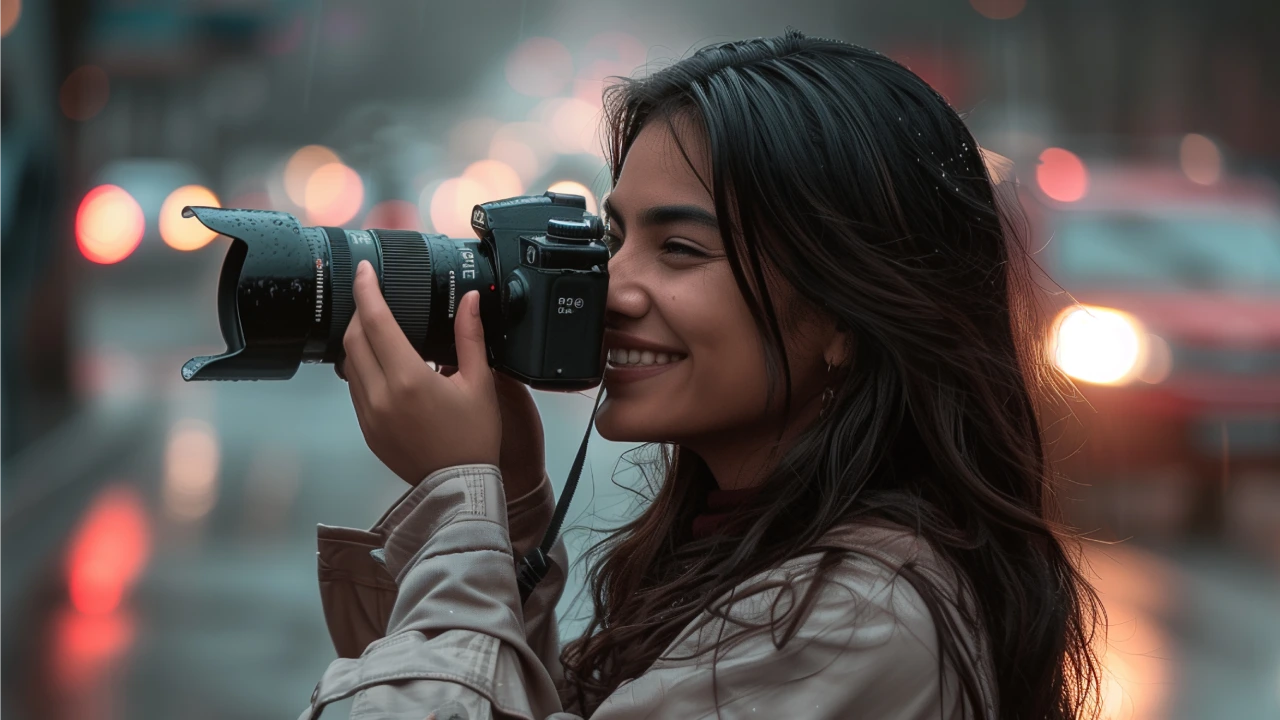Table of Contents
Highlights
- An invaluable, creator-focused guide to choosing your first full-frame camera in 2025, whether you shoot stills, video, or hybrid.
- Best picks for new creators: Nikon Z5 II, Sony a7C II, Panasonic Lumix S5 II, plus the Canon EOS RP as a budget-friendly used option.
- Includes clear advice on real-world pricing, starter lens pairs, and future-friendly resale options when you’re ready to trade up.
- Based on real-world experience: value, AF performance, and lens ecosystem matter more than megapixel counts and flashy specs.
As creators, or just getting started, those leaving the smartphone or APS-C realities will eventually reach a full-frame Camera as they grow. Once creators are completing stills and hybrid (video) work, the full-frame conversations begin around dynamic range, low-light performance, naturally occurring bokeh, and the ability to select lens options with depth-of-field control, to say the least.
In 2025, a full-frame camera no longer means “high-end only.” Price advancements, global lens availability, and entry-level full-frame body performance have now reached older enthusiast-level specifications in just the last couple of years. So now the question is: “Which full-frame body should I purchase specifically for my creative journey?”
If you’re a YouTuber, beginner filmmaker, travel photographer, or just a hobbyist seeking more but better creative control, even the most entry-level full-frame body still offers you life in your product and room to grow and develop for the next 5–7 years.
But why is a full-frame DSLR different from an APS-C camera or even your smartphone?
Why choose full-frame now?
Full-frame cameras use a sensor roughly 2.5× the size of a typical APS-C sensor. This brings major upgrades:

1. Better low-light performance
Full-frame sensors gather more light, producing cleaner night shots and smoother shadows.
2. Increased dynamic range
You get more flexibility when editing, which is helpful for travel, portraits, or high-contrast scenes.
3. Shallower depth of field
Even with modest f/1.8 lenses, you get natural background separation without computational blur.
4. More control over lenses and perspective
A 24mm lens looks wide on such cameras. A 35mm f/1.8 becomes a storytelling lens. You get the “real” focal length feel.
5. Better resale value
Full-frame systems retain their value longer and offer broader upgrade paths.
If full-frame is so beneficial, which entry-level models in 2025 are truly worth buying as a first upgrade?
Best Entry-Level Full-Frame Cameras 2025 – Quick Picks for Creators
Below are the most practical, creator-friendly, affordable full-frame cameras perfect for first-time buyers.
We will compare them based on value, autofocus, ergonomics, video performance, lens ecosystem, and megapixels.
Nikon Z5 II – Best Overall Value for Hybrid Creators
The Nikon Z5 II is one of the best full-frame cameras of 2025 for a straightforward reason: it offers near-professional performance at a mid-range price.

Key Features
- 24.5MP BSI sensor
- 5-axis IBIS
- Much improved autofocus with subject detection
- Solid, weather-resistant build
- Great battery life
- Hybrid-friendly video options
Price Check (Global)
Positioned in the mid-range full-frame bracket, the Z5 II undercuts many “pro” models while offering very similar real-world performance. Exact pricing varies by region, retailer, and ongoing promotions—always check current local deals and kit offers.
Why It’s Great for First-Time Buyers
The camera has ergonomics that will quickly make it feel natural for a new user, excellent Z lenses, and Nikon dealers in many regions frequently run kit discounts for creators stepping up to full frame.
But what if a creator wants something lighter, smaller, and more travel-friendly than the Z5 II?
Sony a7C II – Best Compact Full-Frame Camera for Creators
The Sony a7C II is for people who want full-frame capabilities without the bulk. For the vlogger, traveller, or hybrid creator, anyone creating videos while on the move will love the a7C II.

Key Features
- 33MP full-frame sensor
- Sony’s top-tier Real-time Tracking AF
- Compact, lightweight body
- Good battery life
- Fully articulating screen for vlogging
DPReview praised the a7C II for delivering “big quality in a small package,” calling it one of the most practical cameras for everyday shooting.
Global Price Positioning
The a7C II typically sits in the upper mid-range among full-frame bodies—more affordable than many flagship cameras while delivering similar image quality. Body-only and kit prices vary worldwide, so check your local region for current offers.
Why It Appeals to Creators
With the broadest range of third-party lenses available globally, Sony is one of the easiest systems for building a kit gradually without breaking the bank. From budget primes to premium G Master lenses, most creators can find a path that fits their budget and shooting style.
But what if you’re a budding filmmaker or a YouTuber who prioritizes video over stills?
Panasonic Lumix S5 II – Best for Video-First Creators
For video-first creators, the Lumix S5 II offers some of the best value in the full-frame category under many regions’ mid-to-high price brackets.

Key Features
- 10-bit internal recording
- Excellent dynamic range
- Professional codecs
- Full-size HDMI
- Improved hybrid autofocus
- Reliable overheating control
DPReview’s editors call it “the full-frame camera filmmakers have been waiting for.”
Global Price Positioning
The S5 II is typically priced as an affordable “mini cinema” body, rather than a high-end cinema or a flagship hybrid camera. Exact numbers depend on currency and local offers, but it often competes strongly with Sony and Canon hybrids in its class.
Why It Is Ideal for Video Beginners
The S5 II behaves like a cinema camera in a compact body, great for interviews, travel films, talking-head YouTube content, and small documentary shoots. For creators who want robust codecs, reliable recording, and strong image quality without jumping straight into dedicated cinema cameras, it’s a standout choice.
But what if your budget is far lower, and you want the cheapest way into full-frame?
Canon EOS RP – Best Budget Full-Frame Option Through the Used Market
If your budget is tight but you want to experience the full-frame look, the Canon EOS RP remains unbeatable on the used and refurbished market in many countries.

Why It Still Works in 2025
- Reliable Dual Pixel AF
- Simple, intuitive menus
- Lightweight and beginner-friendly
- Good color science straight out of the camera
- Compatible with Canon RF lenses (and EF lenses via adapter)
Global Price Positioning
On the used market, the EOS RP is often one of the cheapest true full-frame bodies available worldwide, especially when bundled with a basic zoom lens. Condition, shutter count, and local availability will influence the final price, so check your regional used-gear platforms and certified refurbishers.
It’s not a performance monster per se, but it is one of the most affordable real full-frame cameras you can buy without sacrificing image quality.
But with so many options available, how does a creator actually choose the right first full-frame for their needs?
How to Choose Your First Full-Frame Camera (Creator Checklist)
Instead of picking the camera with the best spec sheet, match features to what you actually shoot.
1) Prioritize what you shoot most
- Stills-first creators:
Prioritize dynamic range, color fidelity, and high-ISO performance. Bodies like the Z5 II and a7C II excel here. - Video-first creators:
Prioritize internal codecs, overheating behavior, and 10-bit recording (Panasonic S5 II shines).
2) Lenses > body (for the long term)
- Sony has one of the broadest global ecosystems (native + third-party).
- Nikon Z lenses are expanding fast, with growing third-party support.
- L-mount (Panasonic, Sigma, Leica) gets strong third-party coverage.
- Canon RF is excellent, but it can be more expensive for many creators.
3) Ergonomics, battery life, and real handling
Try the camera in a store if possible. Grip comfort, button placement, and battery life matter in real shoots more than a single spec number.

4) AF performance and low light
Subject detection and tracking have improved massively across entry-level full-frame bodies in the last two years.
For run-and-gun shooting (events, wildlife, kids, weddings, street), modern AF systems perform far better than older full-frame entries, a point many reviewers have emphasized when recommending newer models over legacy bodies.
5) Resale and upgrade path
If you plan to trade up in 2–3 years, pick brands with substantial resale value and a strong global presence. In many major markets, Sony and Nikon bodies tend to retain value slightly better, and well-supported ecosystems save money long term.
So once you’ve chosen the right body, which lenses should you buy first?
Starter Lenses for First-Time Full-Frame Buyers
Many beginners overspend on bodies and underspend on lenses, which is the opposite of what experts recommend.
Here’s what to prioritize:
Start with a Walkaround Zoom
- Nikon Z 24–70mm f/4
- Sony 28–70mm kit zoom
- Panasonic 20–60mm
- Canon RF 24–105mm f/4–7.1
These cover 90% of travel and everyday needs: landscapes, portraits, street, casual video, and family events.
Add a Fast Prime
- 35mm f/1.8 – storytelling lens for environmental portraits and street
- 50mm f/1.8 – the classic “nifty fifty” for portraits and general use
- 85mm f/1.8 – creative portraits with strong subject separation
Typical Pricing (Global)
Exact pricing varies region to region, but in most markets:
- Entry-level f/1.8 primes are often among the most affordable native lenses in each system.
- Standard zoom kits are usually priced to be attractive to first-time full-frame buyers and often appear in promotional bundles.
The key is to allocate a serious part of your budget to lenses, not just the body.

But once you assemble your kit, how should you plan upgrades or future purchases?
Voices From the Field – Expert Notes & Real-World Advice
DPReview’s S5 II analysis praised the camera’s improved AF and practical ergonomics for creators who shoot both photo and video, being a reminder that handling and recording options often dictate real-world usability, not just headline specs.
Across many reviewers and working creators, one theme repeats: for your first full-frame cameras in the entry-to-mid price tier, look for balance—capable AF, good IBIS (if you handhold a lot), and a lens path that won’t bankrupt you.
Creator Profiles – Find Your Best Camera
- Travel/street/lightweight kits:
Sony a7C II (compact, high image quality) is an excellent full-frame option for travel creators. - Balanced hybrid creator (photo + video):
Nikon Z5 II (strong stills, usable video, IBIS). - Video / YouTube / longer projects:
Panasonic S5 II (10-bit codecs, robust video features, full-size HDMI). - Budget-first full-frame entry (used market):
Canon EOS RP (great value for stills and a gentle learning curve).
Final Thoughts
2025 Truly Is the Year of Full Frame. Are You Prepared?
2025 is one of the first years when full-frame cameras are genuinely more affordable and widely available across global markets—with cheaper lenses than before, strong deals, excellent resale or sell-on value, and designs specifically designed for creators to use for the next 5–7 years.

You could choose the Nikon Z5 II, the Sony a7C II, the Panasonic S5 II, or the Canon EOS RP. But we’re not just buying a camera.
We’re leaping into our creative future. So which full-frame camera will you choose to develop your brand, your identity, and your next chapter as a creator?
Because every creator you admire began with that same decision you’re about to make—leaping full-frame. So, compare prices in your region, visit a store (or rental house) to try the grip and the menus, and make your upgrade this month—because full-frame has never been this accessible worldwide.